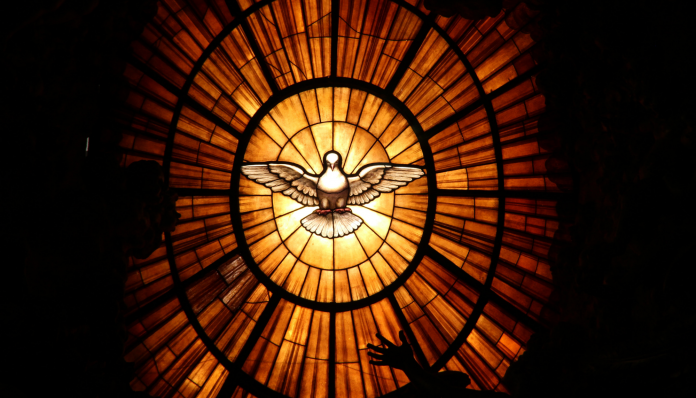What is the role of art in the Church? That’s a loaded question. And I’m not claiming to mine the depths of that answer here. But the question is valid and, I would contend, important.
Important? Perhaps you question the significance of this topic. Sure, art is nice. You don’t have anything against being creative. It’s a nice bonus to the really important matters within the life of a church. But if you’re making a list of significant topics to discuss with your staff, artistry may not be in the top half of your list – if on your list at all.
But why is this? Isn’t it within the history of the Church to affirm that all goodness, truth, and beauty are from God? Yet many modern churches seem to emphasize the first two realities while neglecting the third. Now, hear me when I say that I do not believe beauty should be emphasized over goodness or truth – indeed, I believe it often reflects the other two. But the value placed on beauty – or in our conversation, “art” – is often subpar.
But as we consider art and its role within the body of Christ, let’s consider what we mean by the term. At its core, art is that which creatively communicates or expresses the idea(s) of an author to an audience through a preferred medium. With this concept in mind, I’m reminded of what Paul wrote in Ephesians when he says, “we are [God’s] workmanship, created in Christ Jesus for good works, which God prepared beforehand, that we should walk in them,” (Ephesians 2:10). If we understand Jesus as the author of life (Acts 3:15) and see ourselves as his “workmanship”, then we start to see how the Church is intended to be a living piece of art that rightly communicates and expresses the ideas of God to the world (Matthew 28:20). And thus, our role as artists becomes vital to fulfilling our purpose as the people of God.
If we, as the Church, are going to communicate and express the ideas of our Author, then Scripture, as God’s Word, must be our inspiration (2 Timothy 3:16–17). In Deuteronomy, God tells his people, “You shall therefore lay up these words of mine in your heart and in your soul, and you shall bind them as a sign on your hand, and they shall be as frontlets between your eyes. You shall teach them to your children, talking of them when you are sitting in your house, and when you are walking by the way, and when you lie down, and when you rise. You shall write them on the doorposts of your house and on your gates,” (Deuteronomy 11:18–20). These words were not written for a select group of leaders, but for all of God’s people; His Word was to be integrated into every aspect of life. Often, our churches can reserve the proclamation of God’s Word to those who preach – which is itself a God-given, powerful, and essential means by which the Church communicates the things of God. But the people of God should be regularly expressing and internalizing the things of God no matter their vocation or spiritual gifting. Indeed, God has arranged the parts of His body with different gifts and functions, but with the same Spirit and purpose – the building up of the body (1 Corinthians 12).
However, lest we miss the heart behind this command and become pharisaical in our approach, I want to focus on a key aspect of the passage. It begins with a command to “lay up these words of mine in your heart and in your soul.” Rather than mere intellectual assent, God calls for an emotional connectedness to His Word. In fact, this is the intent of the entire Law – to love Him with all our heart, soul, mind, and strength (Matthew 22.:36–38). And this is where I believe we have a powerful opportunity to leverage artistry.
Art has the unique ability to, not only teach, but stir the heart strings. It reaches down through the mind and grips the heart. It is both didactic and evocative. Consider how Jesus himself taught the things of God: he told stories. He expressed the heart of God through artistic means by which the world around him could easily relate, understand, and be compelled to action.
In short, art has the potential to help the believer fulfill God’s Law. It’s a vehicle by which we may better understand with our minds, and thus, love with our minds. It helps us feel with our hearts, and thus love with our hearts. Art requires a physical interaction (and effort) with intangible ideas, and thus allows us to love with our strength – all to speak and express the realities of the soul. These realities can be expressed to those outside the Church with evangelistic intent, to those within the Church for the building up of the people of God, and directly to God Himself in worship. When redeemed by the Church, art is a powerful mode of love to our neighbors and to God.
Written By: Caleb Hughes







